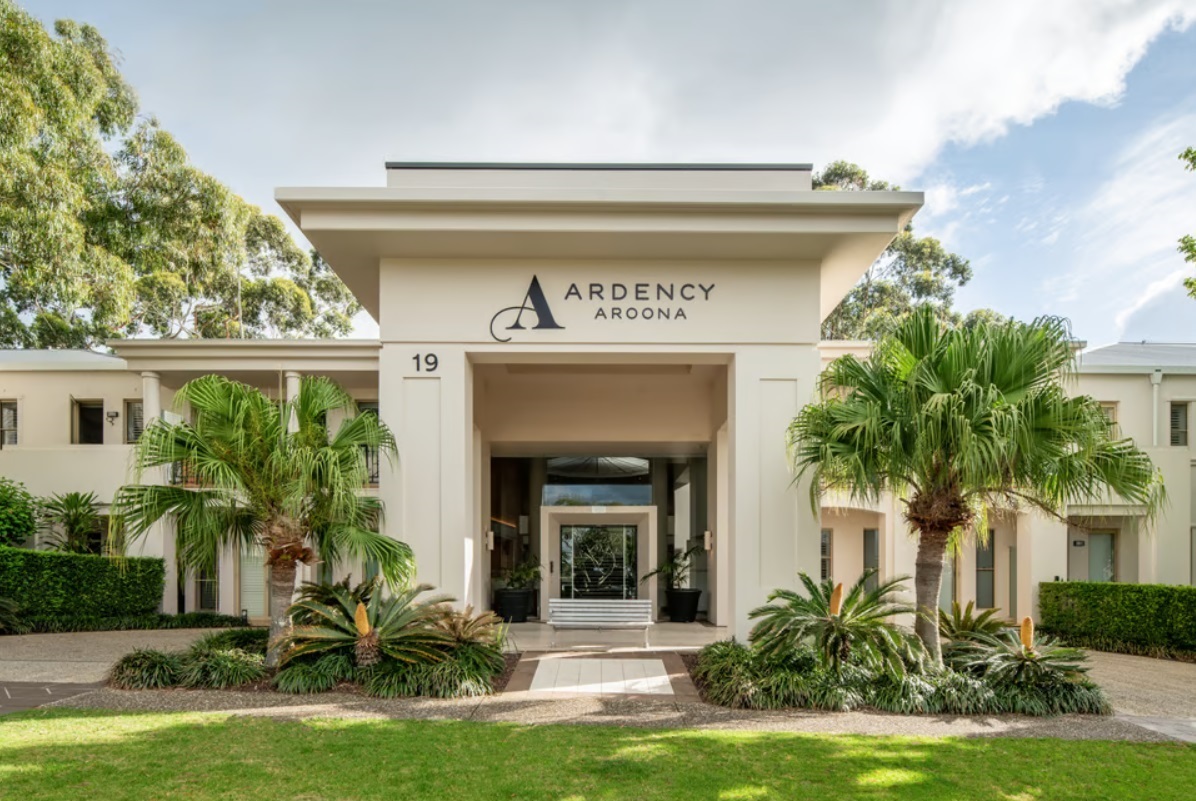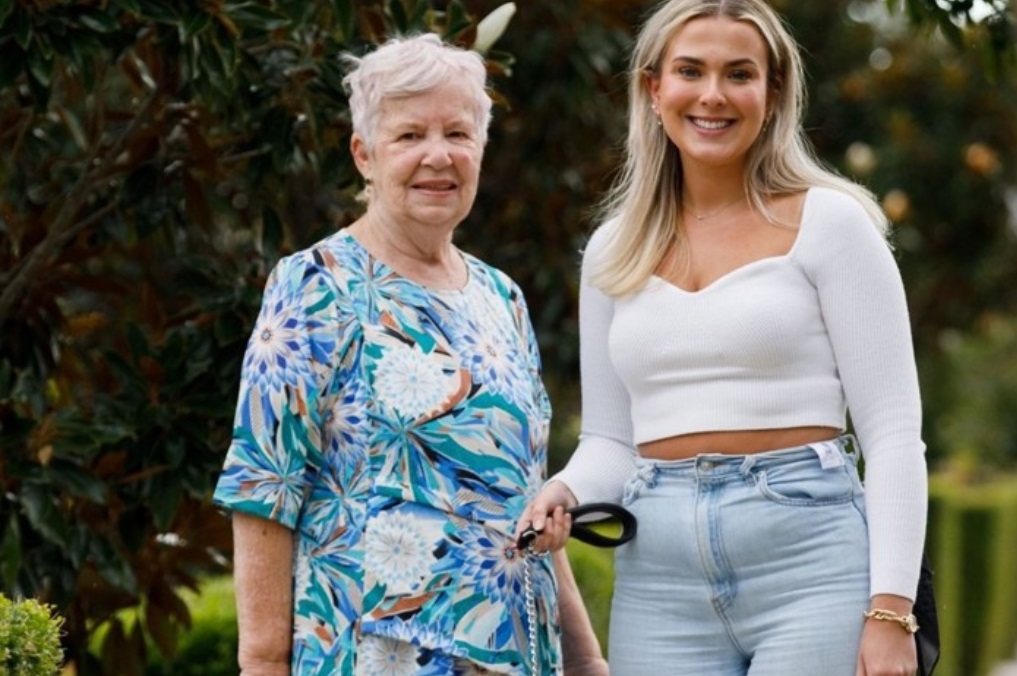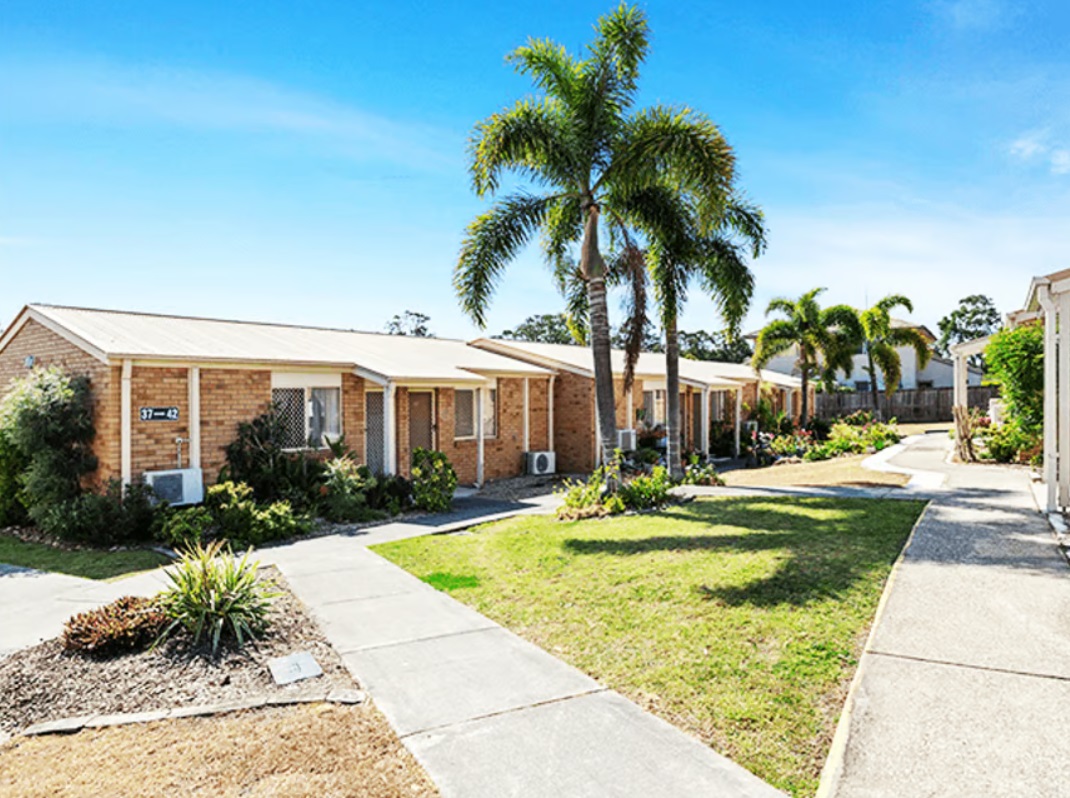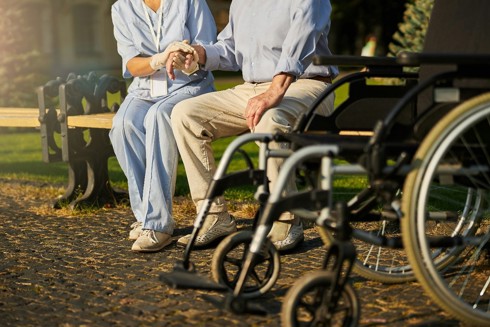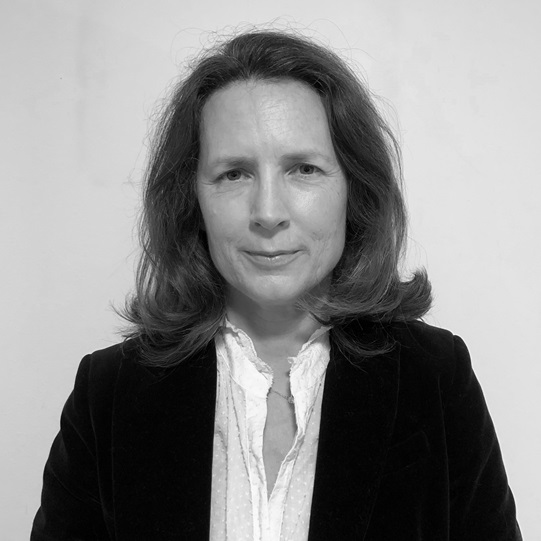- Basic daily fee
- Means-tested care fee
- Accommodation cost
Plus:
- Fees for additional services
Handy Hint - Did you know that if you can click the CC at the bottom righthand side while the video is playing, captions will appear. To get rid of them, click CC again.
View transcript of video hereBasic Daily Fee
The basic daily fee covers day to day living costs such as meals, laundry, cleaning power and basic telecommunications.
The basic daily fee is set by Services Australia at 85 per cent of the single Age Pension.
The daily fee is the same for everyone, whether or not you receive the Age Pension.
remember, you can never be charged more than 85% of the single age pension for your basic daily fee at a government-subsidised aged care home.
As a guide, as of 20th March 2025, the maximum basic daily fee was: $63.82.
Because it is tied to the Age Pension rate, the basic fee goes up twice a year on:
- 20th March
and:
- 20th September
You can see the current schedule of Fees and Charges for Residential and Home Care.
For some people, the basic daily fee will be the only fee they pay.
For example, at 20th March 2025, a single person on an annual income below $33,849.40 (or $26,197.60 for each member of a couple) and whose assets are less than $61,500 will pay only the basic daily fee at an aged care home.
Means tested care fee
You might need to pay extra towards your day to day personal care and nursing costs, but this only applies to people who can afford it. The amount varies according to an assessment of your income and assets. If you chose not to have an assessment you won't receive any government subsidy towards the costs of your aged care and you will be asked to pay the full amount yourself.
Services Australia will work out if you have to pay this fee and if so, how much you need to pay, based on an assessment of your income and assets.
Things to note about the means-tested care fee
- If you are part of a couple, your fee will be based on half of your combined income and assets
- There are annual and lifetime caps on the means-tested care fee.
- At 20th March 2025, the maximum means-tested care fee you can be asked to pay in a year is $34,311.23 and the maximum means-tested care fee you can be asked to pay in a lifetime is $82,347.13.
Plus:
- If you were receiving a Home Care Package before moving to an aged care home and have been paying an income-tested care fee it counts toward to your annual and lifetime caps
Accommodation Costs
The aged care home can charge a fee for the accommodation they provide. This covers the bricks and mortar and maintenance.
The fee is set by individual aged care homes and all homes must clearly advertise their accommodation price.
The accommodation fee will vary according to factors such as local property prices and size of the room and amenities (eg. gym, swimming pool, gardens).
Remember:
While aged care homes can set the price they want to charge for accommodation, if they charge more than $550,000 as a Refundable Accommodation Deposit it needs to be approved by the Aged Care Pricing Commissioner.
How much do you have to pay?
You might have to pay the full price of your accommodation or the Australian Government might pay some – it depends on your finances.
Like the means-tested care fee, the Services Australia decides this, based on their assessment of your income and assets.
The government can subsidise your accommodation costs, to a maximum of $69.49 per day, meaning you may need to pay part of the cost.
You will be advised by Services Australia what you will be expected to pay, which will be one of the following:
- Subsidised accommodation costs: if your income and assets are below a certain amount, the Australian Government will subsidise your accommodation costs. The amount that is subsidised will be based on how recently the aged care home was refurbished. The maximum accommodation supplement amount is $55 per day. If the Daily Accommodation Payment of the room is more than the maximum accommodation supplement, then the resident will be liable to pay the shortfall.
- An accommodation contribution: you might be required to pay part of the cost of your accommodation and the Australian Government will pay the rest.
- An accommodation payment: if you are required to pay the full cost of your accommodation.
How do you pay accommodation costs?
There are three ways you can pay:
- a lump-sum refundable accommodation deposit – known as a RAD
- a rental-type daily accommodation payment – known as a DAP
Plus:
- a combination of both
You can move into an aged care home before deciding how you want to pay. You then have 28 days to decide.
Remember :
- If you have moved to the aged care home at short notice and haven’t been means-tested, you can be asked to pay the Daily Accommodation Payment (DAP) as an interim measure. This will be refunded if it later emerges you do not need to pay it.
- If you are liable to pay the full accommodation price, then the entry price is fixed for the duration of your stay.
- If you are making a contribution to the accommodation cost it may fluctuate over time depending on your income and assets or if the facility becomes eligible for the higher accommodation supplement.
- You can’t be charged for your accommodation if you are receiving respite care.
Fees for additional services
There are extra costs depending on the choices you make. For example, some aged care homes offer larger rooms than others and extras such as:
- Cable television
- Internet
- Onsite hairdresser, beautician
- Therapies such as massage, hydrotherapy
- Facilities like a pool, workshop, library etc.
Plus:
- A bigger choice of beverages such as beer, wine and spirits
Aged care homes must clearly advertise the cost of extra services.
There might also be extra 'fee for service' charges for things like dry cleaning or special outings. Such charges are not regulated by the government.
When you are choosing an aged care home, you will be given choices about 'fee for service' options. They will be agreed between you and the home.
To understand more about the different fees and costs and how they might affect you, see 4.7-Doing the sums.


